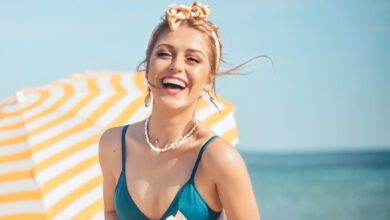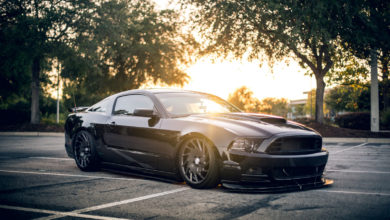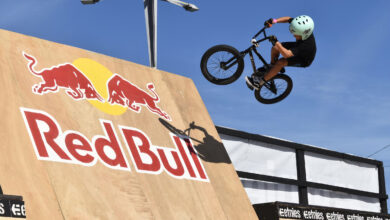Podcast: Play in new window | Download
The car chase. A staple of action cinema, it has the power to send our hearts racing and our palms sweating as vehicles hurtle down city streets or careen through dusty landscapes. But how did this cinematic thrill ride come to be? Let’s explore the evolution of the movie car chase, from its humble beginnings to the elaborate, gravity-defying sequences we see today.
The first car chases appeared almost as soon as the automobile itself did. One of the earliest documented examples is the 1903 silent film “Runaway Match,” directed by Alf Collins. These early chases, however, were far from the high-octane spectacles we know today. Limited by the technology of the time, they often relied on rear-projection techniques, with actors filmed in a stationary car while footage of moving scenery was projected behind them.
The rise of sound films in the 1920s opened up new possibilities for car chases. The roar of engines and screech of tyres added a layer of realism and excitement that silent films lacked. Buster Keaton, a master of silent comedy, embraced the new technology in films like “Sherlock Jr.” (1924), where he famously chases a stolen locomotive in a miniature car. However, car chases in this era were still relatively short and often comedic in nature.
The 1930s and 1940s saw a shift towards more dramatic car chases, reflecting the growing popularity of gangster films. These chases often served as thrilling climaxes, with police pursuing criminals in high-speed chases that ended in crashes or shootouts. A notable example is the final chase scene in Fritz Lang’s neo-noir masterpiece, “M” (1931), where the police hunt down a child murderer through the labyrinthine streets of Berlin.
The post-war era brought several innovations that would transform the car chase. The wider availability of faster cars and improvements in filming techniques allowed for more dynamic and realistic chases. Studios began experimenting with different camera angles, including shots from inside the vehicles, giving audiences a more visceral experience.
However, the true game-changer arrived in 1968 with the release of “Bullitt.” Steve McQueen’s iconic performance as a San Francisco cop chasing a group of hitmen through the city’s hilly streets is considered a watershed moment in the history of the car chase. The film’s director, Peter Yates, used innovative camerawork, including hand-held shots and a groundbreaking car-mounted camera, to create a sense of immediacy and realism never seen before. “Bullitt” set a new standard for car chases, emphasising not just speed but also the skill and daring of the drivers.
The 1970s saw a golden age for the car chase, with films like “The French Connection” (1971) and “Gone in 60 Seconds” (1974) pushing the boundaries of what was possible. “The French Connection” featured a gritty, realistic chase through the streets of New York City, using shaky camerawork and innovative editing to create a sense of chaos and urgency. “Gone in 60 Seconds” went the other way, featuring an outrageous 40-minute chase sequence through a Los Angeles junkyard, showcasing the lengths car chase filmmakers were willing to go to for spectacle.
The advent of computer-generated imagery (CGI) in the late 20th century further revolutionised the car chase. While CGI offered new possibilities for creating visually stunning and impossible stunts, it also raised concerns about a potential loss of realism and emotional connection. Some argue that CGI-heavy car chases lack their practical effects counterparts’ grit and raw energy.
Today, the car chase remains a central element of action cinema. Filmmakers continue to find ways to innovate and push the boundaries of the genre. Whether it’s the physics-bending stunts of the “Fast & Furious” franchise or the tense, meticulously planned getaway in films like “Drive” (2011), the car chase continues to evolve and adapt, reflecting the changing tastes of audiences and the ever-expanding possibilities of filmmaking technology.
In conclusion, the history of the movie car chase is a story of constant evolution. From its humble beginnings as a novelty in silent films to the high-octane spectacles of today, the car chase has served as a thrilling and dynamic way to drive narratives forward and keep audiences on the edge of their seats. As technology continues to develop, one can only imagine what new heights the movie car chase will reach in the future.
Podcast: Play in new window | Download





